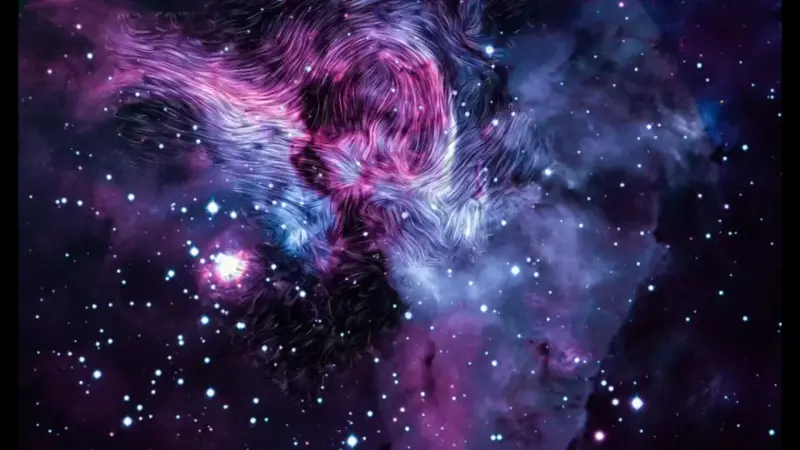
At this stage, scientists are unsure whether A11pl3Z is a rocky asteroid or an icy comet, both of which are common in space. Its precise size and shape are still unknown, and further observations are underway to better understand the object’s origins. NASA scientists are also monitoring its progress closely.
Read | Who is Anil Menon? The NASA astronaut set for his first International Space Station mission in 2026
Astrophysicist Josep Trigo-Rodriguez, from the Institute of Space Sciences in Barcelona speaking with The Mirror said that the object's unusual speed and trajectory suggest it could be an interstellar visitor. Writing in The Conversation, Dr Trigo-Rodriguez explained, "There are certain aspects of its extended appearance that could point to it being a comet. However, this will need to be confirmed in the coming weeks as it moves deeper into the solar system."
He also noted, "On the other hand, it is normal for an object subjected to the extremely low temperatures of interstellar space for millions of years to take longer than normal to 'wake up' from its slumber."
Read | Gajar ka halwa, aam ras go to Space: Did ISS crew enjoy desi treats?
Dr Trigo-Rodriguez estimates that the object measures around 40 kilometres (25 miles) across. Experts from NASA’s Jet Propulsion Laboratory have confirmed through their Scout program at the Center for the Study of Minor Bodies (CNEOs) that there is no chance of the object striking Earth. According to their calculations, the closest it will come is about 284 million kilometres (roughly 176 million miles) away.
Also Read | Who is Jahnavi Dangeti, a 23‑year‑old from Andhra chosen for 2029 space mission?
If confirmed, A11pl3Z would be the third interstellar object recorded by astronomers. The first, named Oumuamua, was discovered in 2017 and initially classified as an asteroid before later being thought to be a comet. The second was 2I/Borisov, a comet detected in 2019, which also originated from beyond our solar system.
